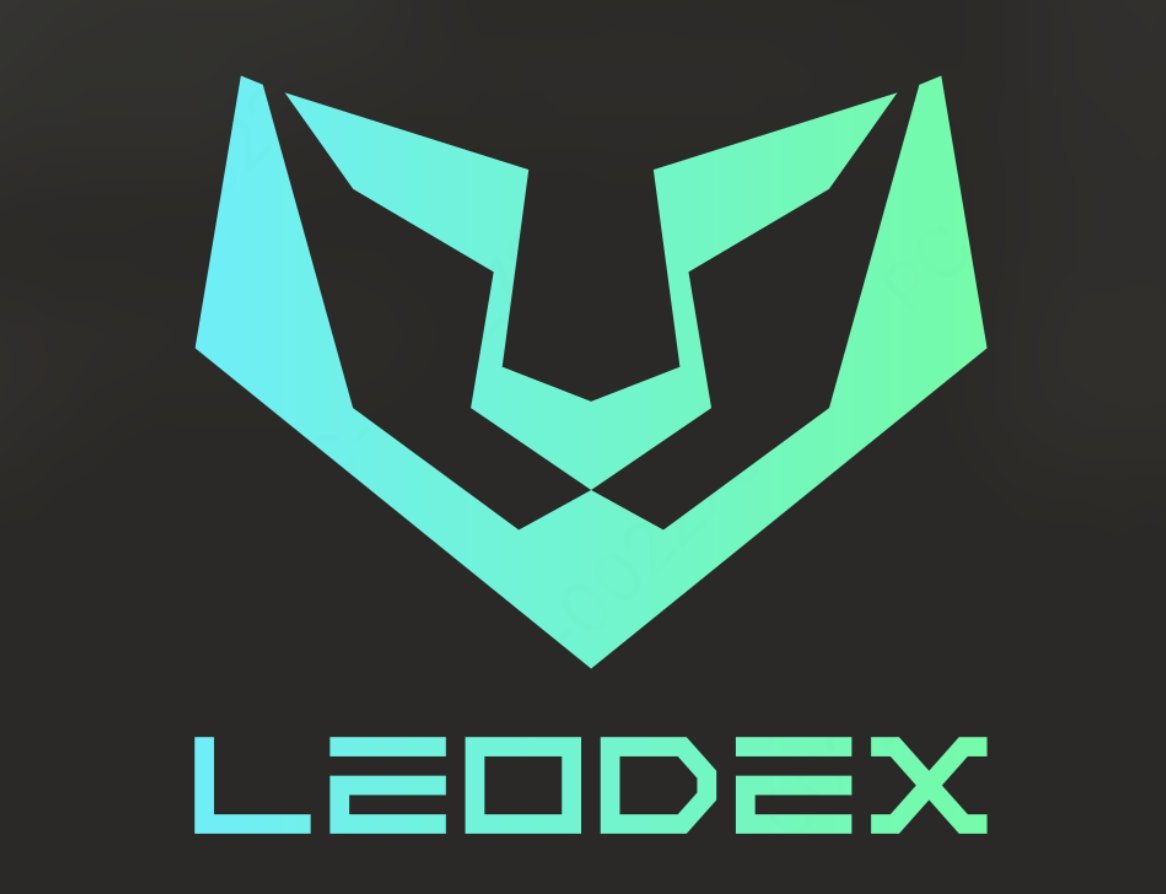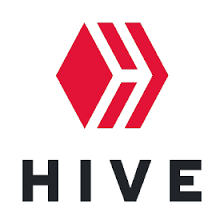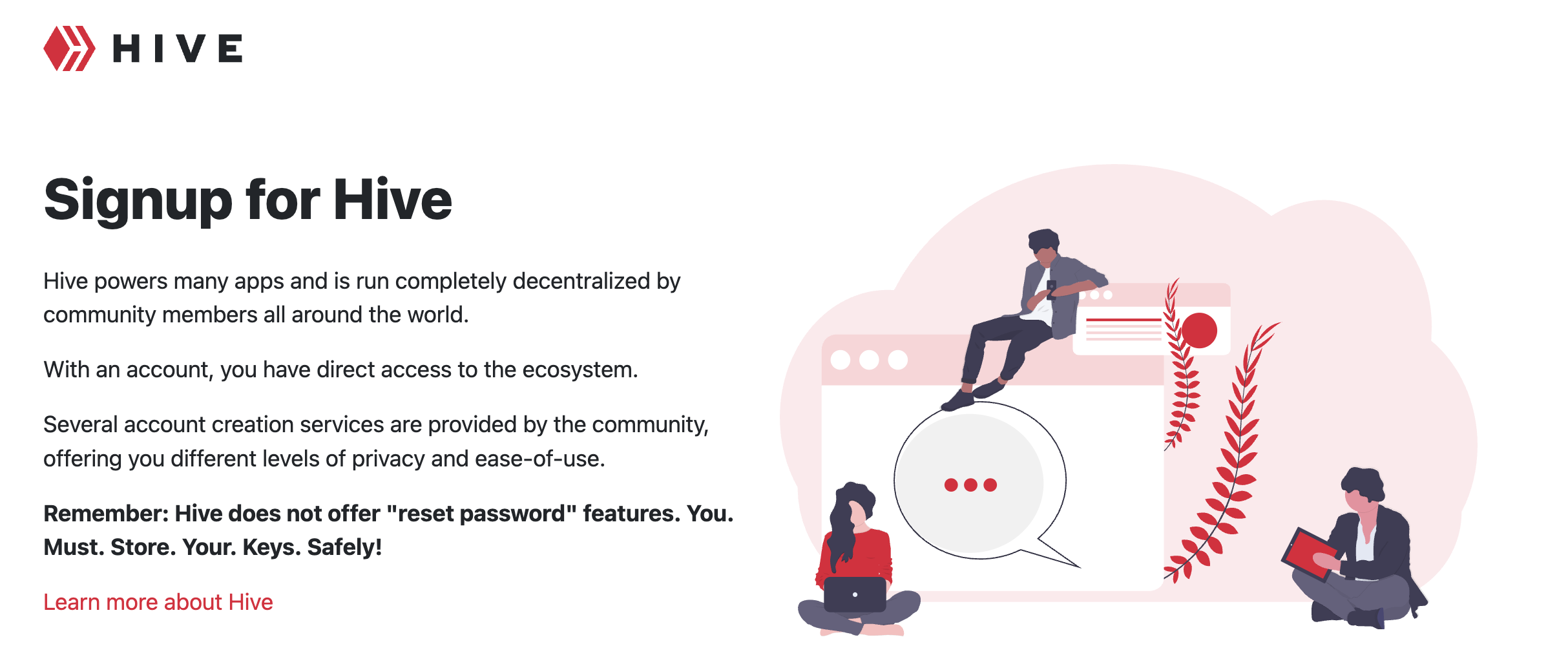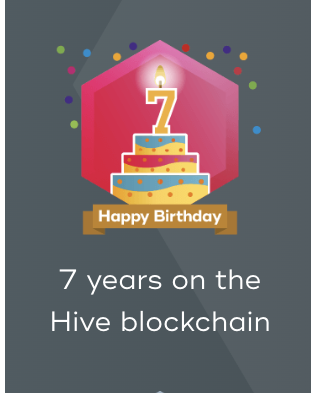LeoDex: how does it do cross chain swaps?
Introduction: Leodex is an aggregator that utilizes several underlying protocols to enable native cross-chain swaps. Unlike simple bridges that wrap tokens, Leodex facilitates the direct exchange of native assets by connecting to established liquidity networks.

Leodex: The specific protocols it uses include:
THORChain
What it is: A decentralized liquidity protocol that facilitates native asset swaps without wrapped tokens or bridges. It uses a network of validator nodes to secure cross-chain transactions.
How Leodex uses it: Leodex functions as a front-end interface for THORChain, offering a clean, non-custodial user experience for accessing its liquidity pools. This integration allows Leodex to offer cheaper and faster trades for assets like BTC, ETH, and RUNE.
Maya Protocol
What it is:
A friendly fork of THORChain, Maya Protocol is a decentralized cross-chain liquidity network. It is designed to work in tandem with THORChain, supporting different chains and expanding the overall liquidity available for native swaps.
How Leodex uses it:
By integrating with Maya Protocol, Leodex can access a broader range of native assets and trading pairs, including DASH, LTC, and others. This effectively increases the potential trading routes available to users.
Chainflip
What it is:
A decentralized, automated market maker (AMM) that runs on its own app-chain. It uses a multi-party computation (MPC) network to manage vaults that hold assets from different chains, enabling native cross-chain swaps with minimal slippage and reduced gas costs.
How Leodex uses it:
Leodex integrates with Chainflip to tap into its unique liquidity network. This provides an additional path for users to trade native assets like BTC, ETH, and USDC, leveraging Chainflip's unique technology for efficient swaps.
Rango Exchange
What it is:
A cross-chain DEX and bridge aggregator. It finds the most efficient, safe, and cost-effective routes for a swap by aggregating liquidity from various protocols and bridges.
How Leodex uses it:
Leodex uses Rango's API for its smart routing capabilities. Instead of relying on a single network, Rango allows Leodex to compare and select the best path for a transaction across over 30 blockchains, ensuring users get the best possible price and execution speed.
Summary of how it works together
When a user initiates a swap on Leodex, the platform acts as a sophisticated routing engine. It: Collects data from the different underlying protocols (THORChain, Maya, Chainflip). Uses an aggregator (Rango) to identify and present the optimal trading route across these protocols. Executes the swap through the chosen protocol, allowing the user to exchange native assets directly, without the complexities of wrapped tokens or multiple interfaces.
What are the advantages of using native assets instead of wrapped tokens in cross-chain swaps?
- Using native assets for cross-chain swaps, rather than wrapped tokens, offers several advantages, primarily centered around security, autonomy, and simplicity.
- Enhanced security and reduced trust assumptions
- Mitigated Custodial Risk: Wrapped tokens often rely on a centralized or decentralized custodian to hold the original asset in reserve. If this custodian is mismanaged, hacked, or behaves maliciously, the underlying asset could be lost, devaluing the wrapped token. Native asset swaps, particularly those using trustless protocols like HTLCs (Hash Time Lock Contracts), eliminate the need for such custodians, reducing this risk significantly.
- Reduced Smart Contract Vulnerabilities: While native asset swaps might still interact with smart contracts for the swap logic (like HTLCs), wrapped tokens introduce additional smart contract layers for the wrapping and unwrapping process. Each additional layer is a potential point of failure that could be exploited.
- Avoiding Centralization Risks: Many wrapped tokens inherently introduce an element of centralization because they require a custodian to mint and burn the tokens. This goes against the decentralized ethos of cryptocurrency and creates a single point of control. Native swaps that don't rely on such custodians maintain a more decentralized structure.
- Greater autonomy and control Self-Custody Throughout: With native asset swaps, users typically retain custody of their assets throughout the transaction, or the assets are only locked within a trustless smart contract that automatically releases them upon successful completion or expiry. This means users never hand over their funds to a third party, unlike with custodial wrapped token services.
- True Cross-Chain Movement: Wrapped tokens don't actually move the native asset across chains; they create a representation of it on another chain while the original remains locked. Native asset swaps, especially those using "burn and mint" or similar mechanisms, facilitate the direct transfer or re-issuance of the actual asset itself on the destination chain.
- No Dependence on External Systems: Using native assets means relying solely on the security and integrity of the blockchain itself and the swap mechanism, rather than also depending on the wrapped token's custodian or minting protocol. Simpler and more direct process Elimination of Wrapping/Unwrapping: Native asset swaps remove the need for the distinct wrapping and unwrapping steps. This can streamline the process and potentially reduce transaction complexity and fees associated with these additional steps. Reduced Friction: By avoiding wrapped tokens and their associated dependencies, users can often achieve a more direct and seamless experience when moving or swapping assets across chains. While wrapped tokens offer benefits like interoperability and liquidity for assets on non-native chains, the inherent risks associated with custodians and the added complexity of the wrapping process make native asset swaps a more desirable option for users prioritizing decentralization, security, and direct control over their assets.
The End
@Shortsegments

Thank you for reading my post

This post was written by Shortsegments, who has been writing about cryptocurrency, the blockchain, digital ledgers, bitcoin, ethereum, and decentralized finance for seven years. You will find his articles here on his blog Link to his blog.
#
## Learn more about Hive at the Hive FAQ Page Link

## Join Hive for Free Link

Inleo

This was published on the social community called Inleo, a monetized social media community. A Social Media Platform where Likes become Money
Open an account for free and choose your name
JOIN4FREE.
Once you join Tag me by typing #shortsegments at the bottom of your thread or post, and I will find your post, and I will reward you for joining our community with my referral link.
.

Leodex Decentralized exchange
Where cross chain swaps are made easy; the exchange does all the work of trading across one or more blockchains, so you don't have to!

- ⚡️ LeoDex: Your Portal to Profit! ⚡️
Use My Referral Code/Link for a Ten Percent Discount on all Trades!!
Use my secret referral code LeoDex.io/?ref=shorty for a whopping 10% discount on trades!

Posted Using INLEO
